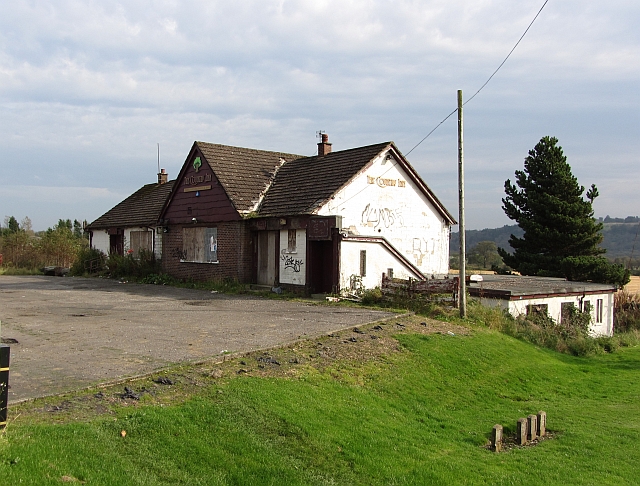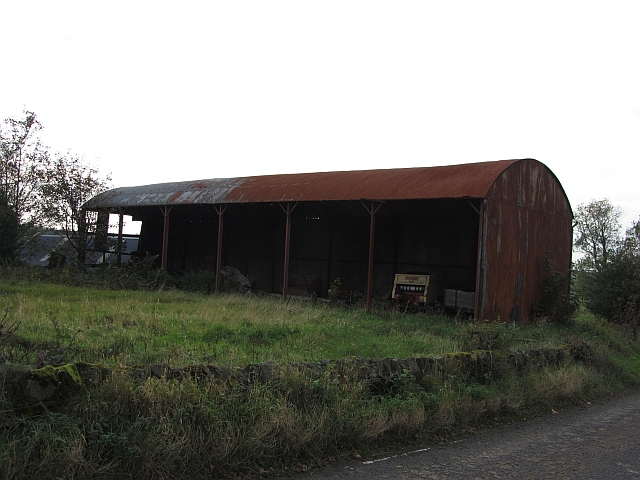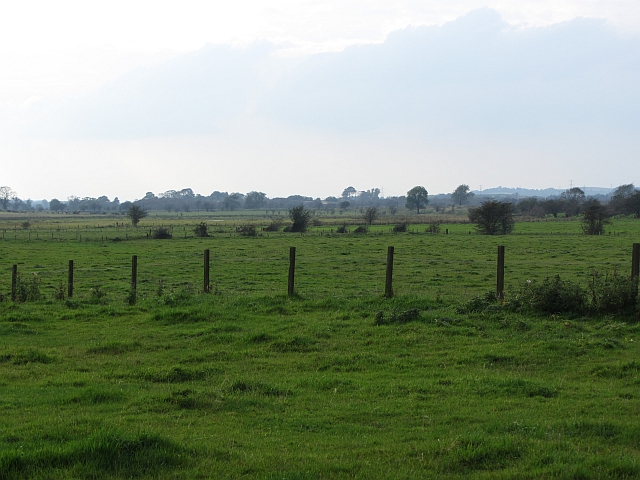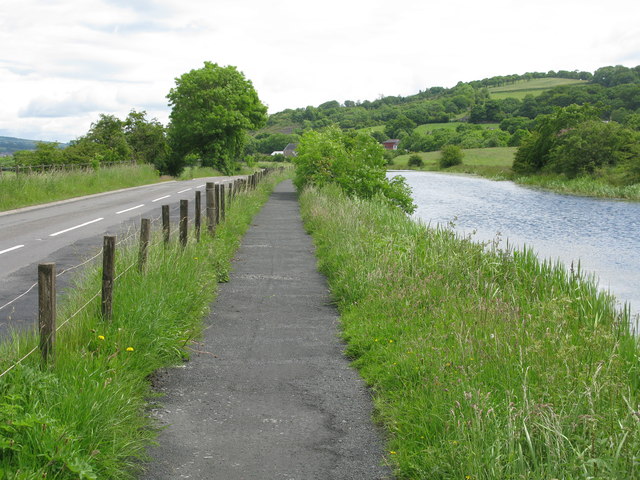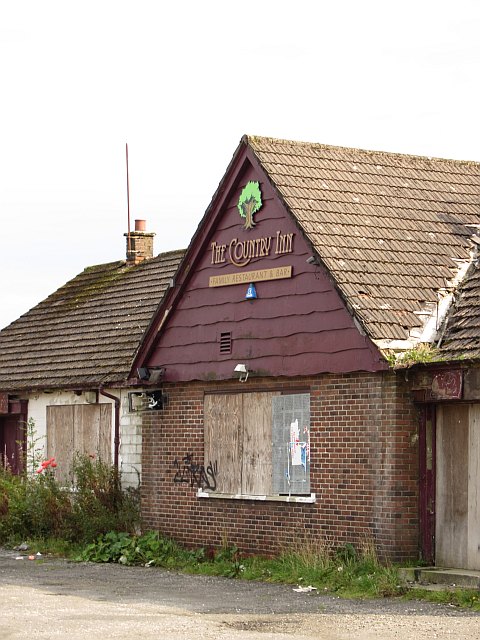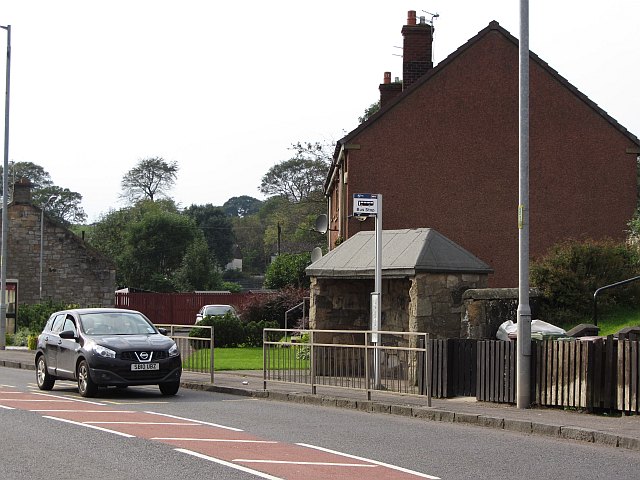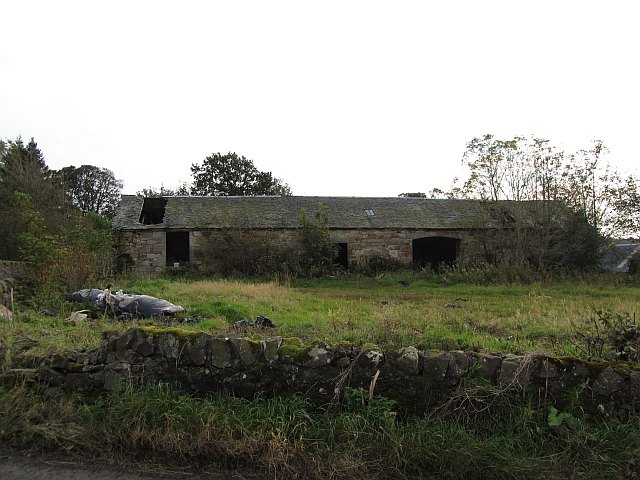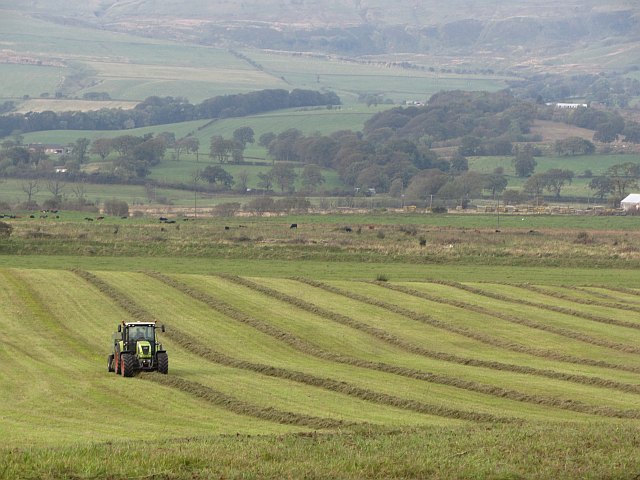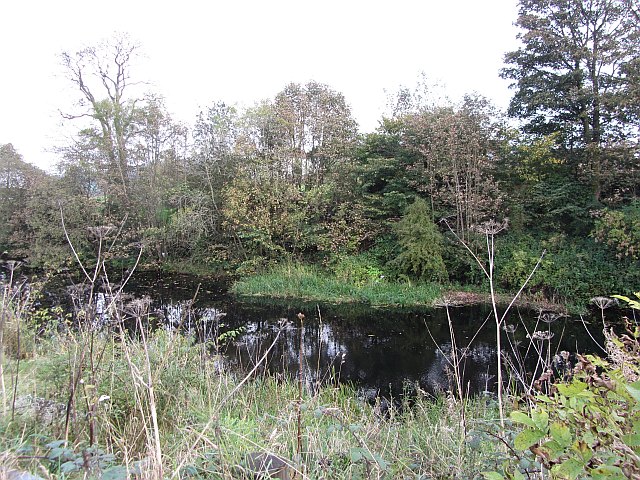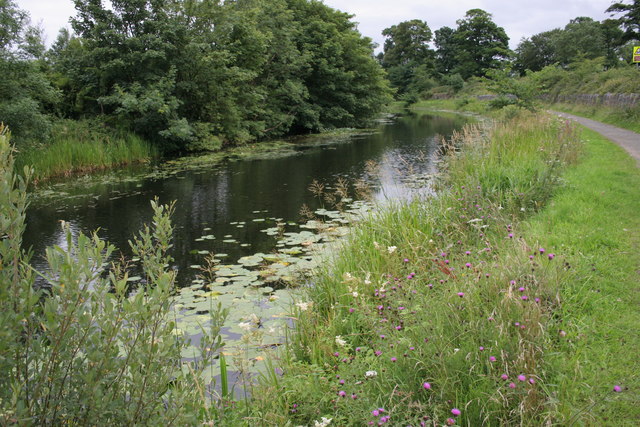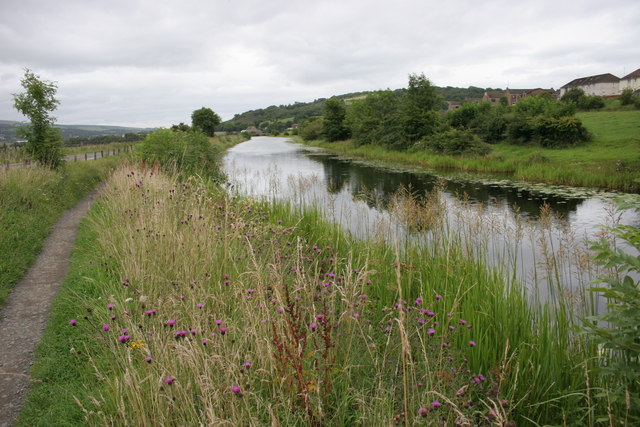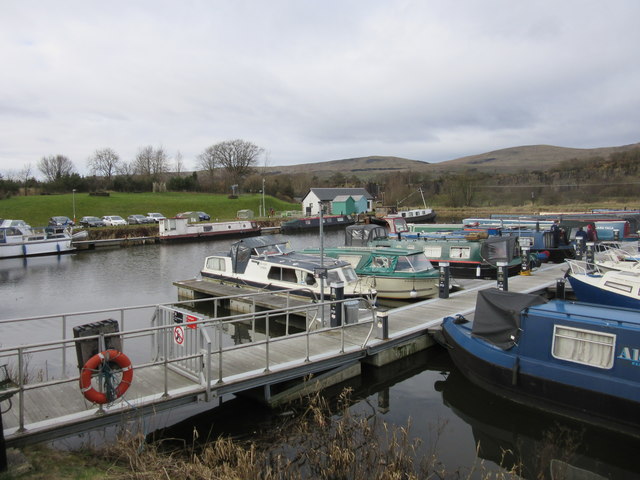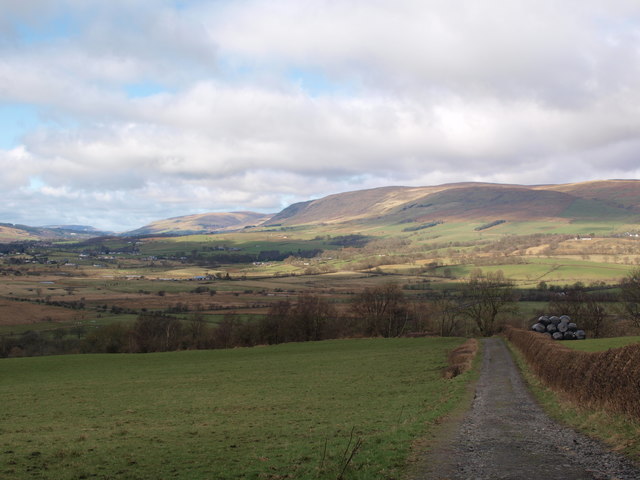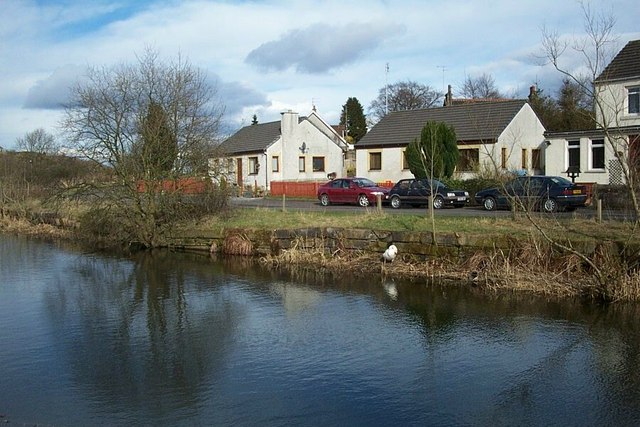Castle Hill
Hill, Mountain in Dunbartonshire
Scotland
Castle Hill
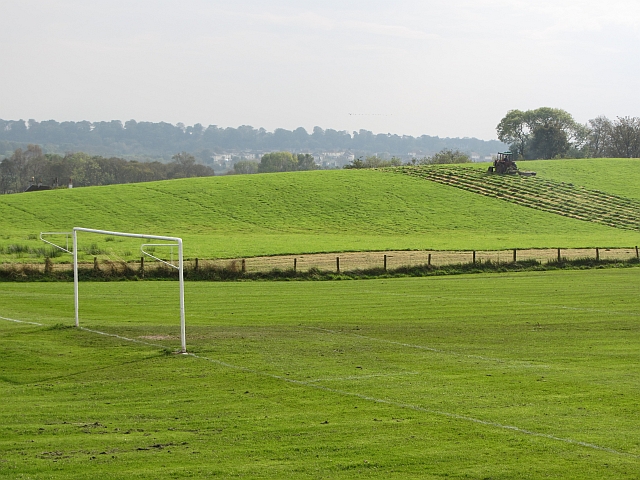
Castle Hill is a prominent hill located in Dunbartonshire, Scotland. Rising to an elevation of 244 meters (800 feet), it offers breathtaking panoramic views of the surrounding countryside and the River Clyde. Situated near the town of Dumbarton, Castle Hill is a significant landmark in the region, attracting both locals and tourists alike.
The hill's name is derived from the presence of a medieval fortress that once stood at its summit. Today, only remnants of the castle remain, including a few crumbling walls and the remnants of a moat. These historical remnants add to the charm and intrigue of Castle Hill, as visitors can explore the ancient ruins and imagine the castle's former grandeur.
Castle Hill is a popular destination for outdoor enthusiasts and nature lovers. The hill is surrounded by lush greenery, making it an ideal spot for hiking, picnicking, and birdwatching. The well-maintained footpaths and trails provide easy access to the top, allowing visitors to enjoy a leisurely stroll or a more challenging hike.
Due to its strategic location, Castle Hill has played a significant role in the region's history. It has witnessed battles and sieges throughout the centuries, including conflicts during the Wars of Scottish Independence. Today, it serves as a reminder of the area's rich heritage and provides a glimpse into Scotland's past.
In conclusion, Castle Hill in Dunbartonshire is a captivating hill that offers stunning views, historical ruins, and ample opportunities for outdoor activities. Its combination of natural beauty and historical significance makes it a must-visit destination for those exploring the region.
If you have any feedback on the listing, please let us know in the comments section below.
Castle Hill Images
Images are sourced within 2km of 55.960547/-4.0694111 or Grid Reference NS7076. Thanks to Geograph Open Source API. All images are credited.
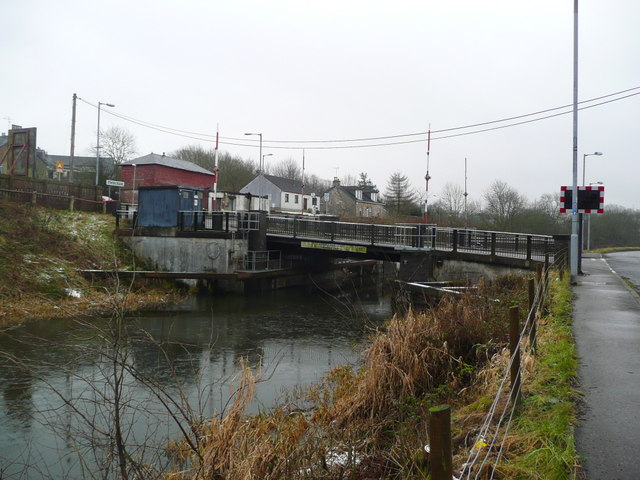
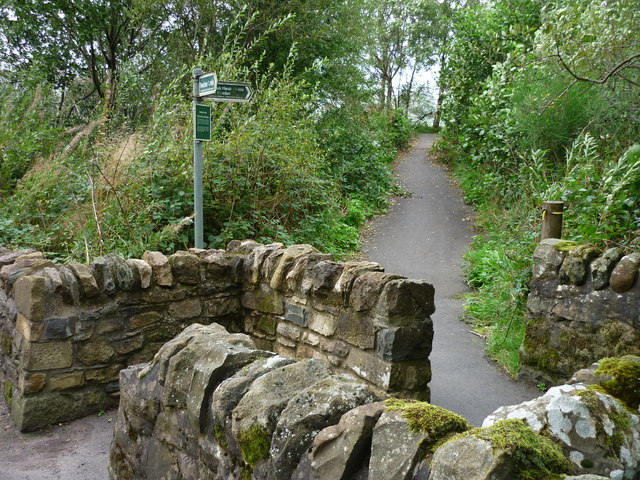
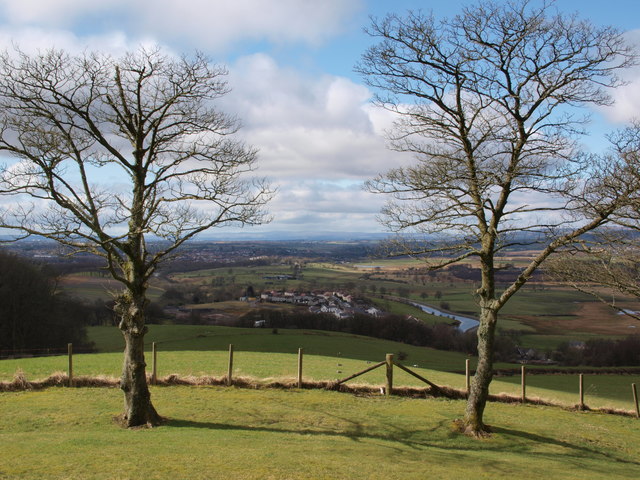
Castle Hill is located at Grid Ref: NS7076 (Lat: 55.960547, Lng: -4.0694111)
Unitary Authority: East Dunbartonshire
Police Authority: Greater Glasgow
What 3 Words
///trade.clipboard.internet. Near Twechar, East Dunbartonshire
Nearby Locations
Related Wikis
Bar Hill Fort
Bar Hill Fort was a Roman fort on the Antonine Wall in Scotland. It was built around the year 142 A.D.. Older maps and documents sometimes spell the name...
Antonine Wall
The Antonine Wall (Latin: Vallum Antonini) was a turf fortification on stone foundations, built by the Romans across what is now the Central Belt of Scotland...
Auchinstarry
Auchinstarry is a village in North Lanarkshire, Scotland, UK, near to Kilsyth. It is the site of a Roman fort. Auchinstarry Basin is on the Forth and Clyde...
Twechar
Twechar is a small former mining village historically in Dunbartonshire and administered by the council area of East Dunbartonshire, Scotland close to...
Nearby Amenities
Located within 500m of 55.960547,-4.0694111Have you been to Castle Hill?
Leave your review of Castle Hill below (or comments, questions and feedback).
